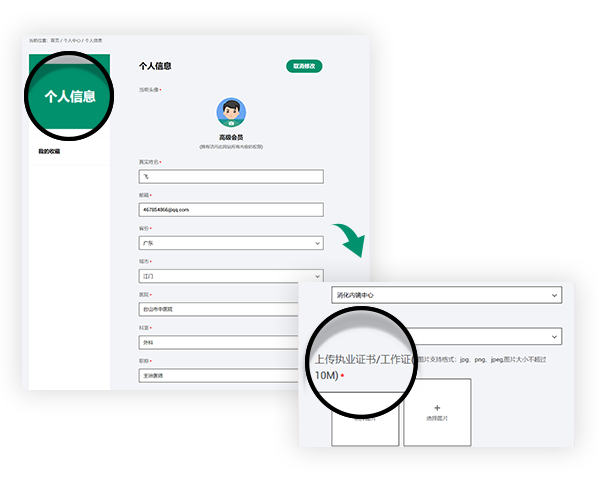Join us you will be able to get the following rights
Get fresh academic and clinical information
Sign up for exclusive endoscopy contests and training courses
Use online training software
Watch the LIVE of academic conferences and surgery
MACHINE-LEARNING-BASED AUTOMATIC DIAGNOSTIC SYSTEM USING LINKED COLOR IMAGING FOR HELICOBACTER PYLORI INFECTION: EXAMINATION OF IMAGE AFTER ERADICATION
MACHINE-LEARNING-BASED AUTOMATIC DIAGNOSTIC SYSTEM USING LINKED COLOR IMAGING FOR HELICOBACTER PYLORI INFECTION: EXAMINATION OF IMAGE AFTER ERADICATION
Masaki Seino, Takeshi Yasuda, Hiroshi Ichikawa, Satoru Hiwa, Nobuaki Yagi, Tomoyuki Hiroyasu -Gastroenterology, 2019
Introduction: As a part of our research, we have developed a system for automatically diagnosing the presence or absence of H.pylori (Hp) infection, from the gastric mucosa image obtained by linked color imaging (LCI), using machine learning. This system aids a doctor's diagnosis. In this study, an experiment involving Hp eradication cases was formulated, and the results emerging from it have been documented. Irrespective of whether eradication has been carried out or not, it is difficult for medical doctors to diagnose whether a patient has been eradicated of Hp. However, if it is possible to diagnose eradication success only by endoscopic diagnosis without performing additional examination, the burden on the patient can be reduced. In addition to formulating the experiment, we have developed a system to detect the success or failure of Hp eradication.
Aims and methods: The characteristic of a gastric mucosa image, representing Hp eradication, is to have a map-like redness. In the proposed system, we quantify this map-like redness for images of gastric mucosa obtained from LCI, and improve the accuracy of diagnosis of Hp positive or negative (post eradication). By using LCI, the map-like redness is observed as lavender color, while
background gastric mucosa is observed as apricot color. Figure 1 shows an image with maplike
redness. First, a region on the image having a high hue value indicating a lavender color is extracted as a region of interest (ROI). Second, the center of gravity of the ROI is identified on the image. Thereafter, a circle, of radius equivalent to the Euclidean distance of the outermost pixel of the ROI from the center of gravity, is depicted as a circle of interest (COI). Finally, if an image having a high ROI ratio for all pixels and a large hue variance value in the COI is observed, it is identified as an image having map-like redness. Cases where map-like redness is detected in the gastric mucosa image, are considered as sterile and Hp negative. Figure 2 shows a schematic diagram of the conventional system and the proposed method. In this study, 200 images (40 cases; 32 cases are Hp positive and 8 cases are after eradication) of endoscopic examination (LCI observation) at Asahi University Hospital were used to evaluate the system. 3. Result In the conventional system, 29 of the 40 cases were correctly diagnosed. In comparison, by using the proposed system, 37 of the
40 cases were correctly diagnosed. These results show that quantification of the map-like redness, which is characteristic of Hp eradication, leads to an improvement in the accuracy of the system.
Conclusion: By using the proposed system, the presence or absence of Hp infection can be automatically diagnosed with the same precision
声明
富士胶片内镜世界(LIFE World)所登载的内容及其版权和使用权归作者本人与富士胶片所有。如发现会员擅自复制、更改、公开发表或其他以盈利为目的的使用,富士胶片将追究其法律责任。网站信息中涉及的治疗手技皆为术者个人针对该名患者特定体质及健康状况所采取的手法;术者对器械和药品种类的选择,也受到手术发生时间、地点等诸多因素的影响。因而相关内容及信息仅供会员参考。如盲目使用网站信息中涉及的治疗手技而发生意外,恕富士胶片及本网站对此不承担任何责任。



















